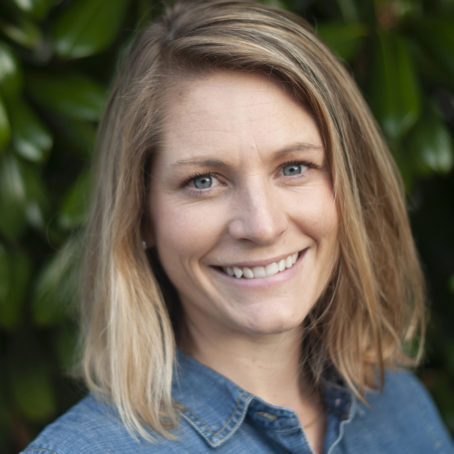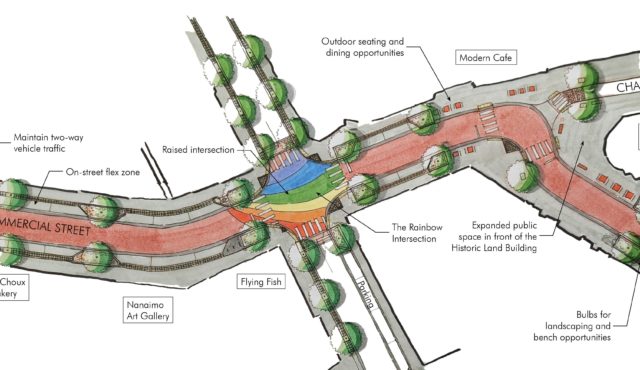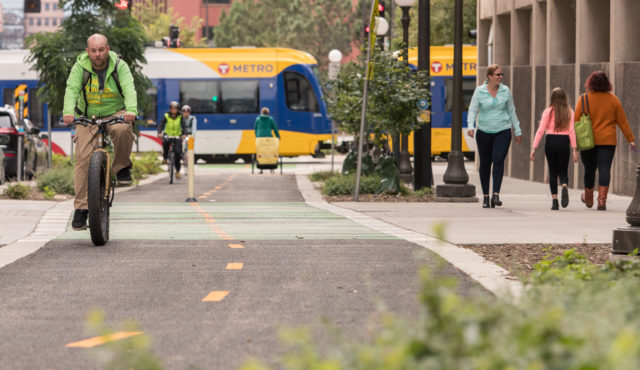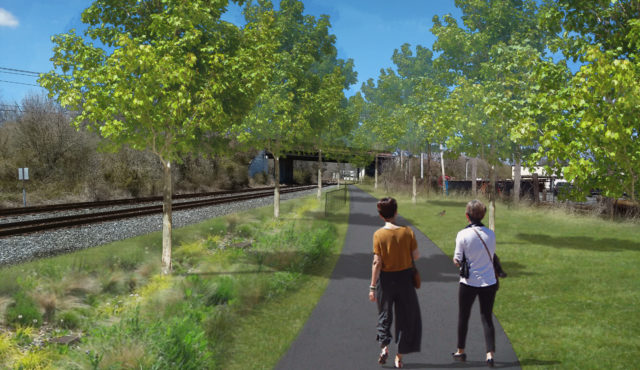During World Landscape Architecture Month 2018, Toole Design Group will be featuring the themes, projects, and staff that form our Landscape Architecture and Urban Design practice. Tune in to our Instagram and Twitter channels for daily updates, features, and more throughout April!
By Bonnie Moser
One of the most important tools that we have at our disposal as designers is the charrette. Part information gathering, part interactive workshop, charrettes are an integral part of projects that seek to both educate the public and learn from the community, and in the process, earn the trust of the people for whom we are working.
Charrettes begin with a discovery phase, where we focus on finding the answer to three guiding questions:
- What is working?
- What is not working?
- What is missing?
We take what we learn from these conversations and create concepts right there in the event space, while getting real time feedback and recommendations from attendees. This process ensures that people in the community feel included in the process, learn more about what is possible, and become invested in the project’s design.
Charrettes are most successful when a broad sample of the community is present. All too often, charrettes only attract those who feel very strongly about a project, be it highly supportive or highly opposed. One way to change this is to reconsider the venue. In lieu of public buildings like libraries and community centers, I’ve found that the charrettes I have participated in of have great success if they’re held in a brewery.
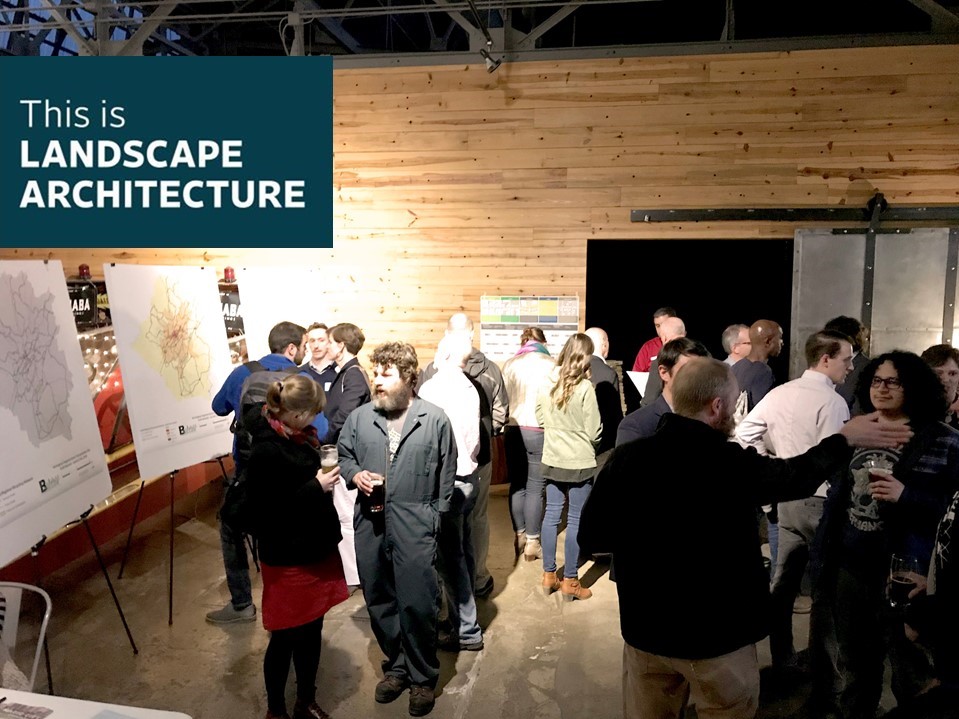
In many communities, breweries function as public spaces for a wide range of people. The relaxed, creative and open environment of a brewery is more welcoming to a broader swathe of the community. It allows people to interact with the design team, as well as their neighbors and peers in a way that promotes conversation, highlights shared values, and encourages teamwork. Here at Toole Design, we’ve held numerous brewery charrettes throughout the country, and found that we get better attendance and a more well-rounded sample of the community.
Plus, there is the added perk of sampling the local fare when the work is done. Cheers!
